“I Found 130 Letters by My Ancestor!” Why Use Google Books for Genealogy
Betty has at least 130 good reasons to use Google Books for genealogy! She used this powerful Google tool to find her ancestor’s name in a book–which led to a treasure trove of his original letters in an archive. Here’s what happened–and how to try this with your own family history research.
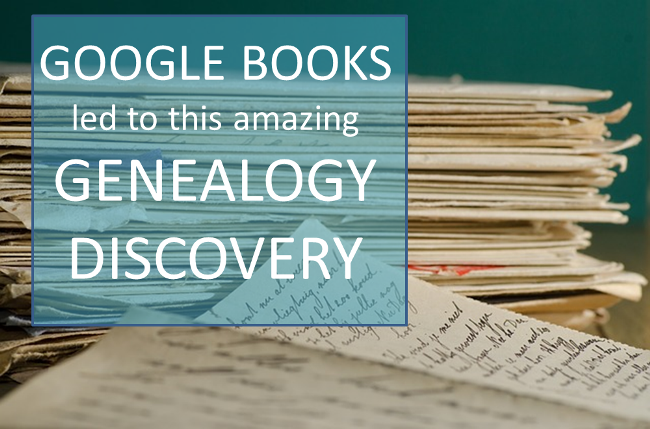
You’ve heard me say that Google Books is the tool I turn to every day. Now, you may be thinking, “But my ancestors wouldn’t be in history books!” Resist the temptation to make assumptions about sources, and about your ancestors. With over 25 million books, Google Books is more likely to have something pertinent to your genealogy research than you think. And as I often tell my audiences, those books can include source citations, providing a trail to even more treasures.
Why to Use Google Books for Genealogy: Success Story!
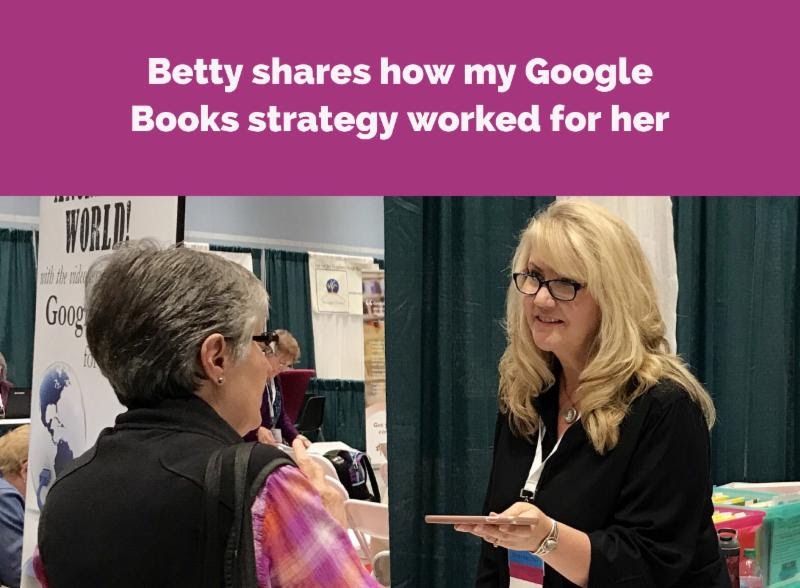
At the National Genealogical Society conference this past spring, Betty attended my class and then stopped by the Genealogy Gems booth to share her story. I recorded it, and here’s a transcription:
Betty: I was stuck on my Duncan Mackenzie ancestor, so I put his name in Google Books, because when you’re stuck, that’s what you do!
Lisa: Yes, I do!
Betty: So, up popped this history of Mississippi, it was sort of a specific history, and it said Duncan Mackenzie had written a letter to his brother-in-law in North Carolina from Covington County, Mississippi. And of course I already had my tax records and my census records that placed him in Covington County. This was in the 1840s. I thought, this just couldn’t be him! Why would any of my relatives be in a book? [Sound familiar?]
So, finally, weeks later, it occurred to me to go back and look at the footnotes in the book, and I found that the letters could be found in the Duncan McLarin papers at Duke University. So, I didn’t even think to even borrow the microfilm. I just told my husband, “next time you go East for work, we need to go by Duke University.” So I set up a time, and I went, and it WAS my great-great-grandfather who wrote those letters! I have now transcribed 130 letters from that collection. They let me scan them all, and I’ve been back again to scan the rest of the legal papers.
Lisa: So, an online search into Google Books not only help you find something online, but it led you to the offline gems!
Betty: And it just changed my life! Because I spend all my time on these letters. It’s distracted me from other lines! [LOL! I get that!]
How to Use Google Books for Genealogy
Are you ready to put Google Books to work in your own research and discover some genealogy gems of your own? Here, I re-create Betty’s search for you, so you can see how to get started:
1. Go to Google Books (books.google.com). Enter search terms that would pertain to your ancestor, like a name and a place.

2. Browse the search results. The first three that show up here all look promising. Click on the first one.
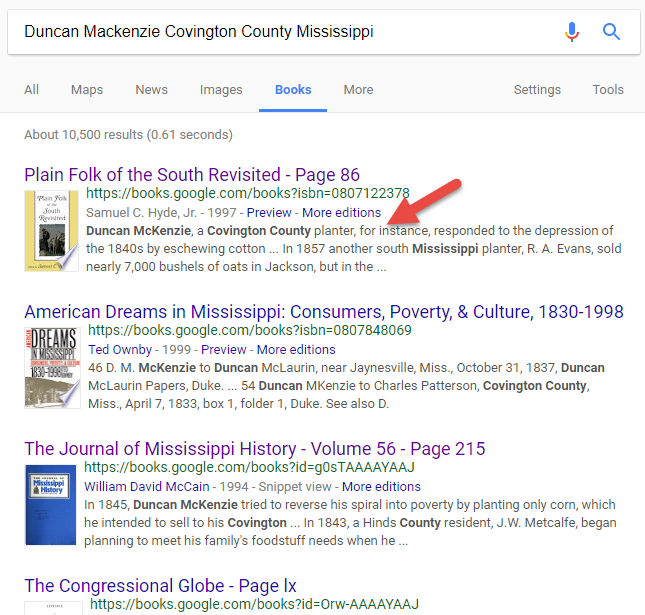
3. Review the text that comes up in the text screen. As you can see here, Duncan McKenzie of Covington County is mentioned–and the source note at the bottom of the page tells you that the original letter cited in the book is at Duke University.
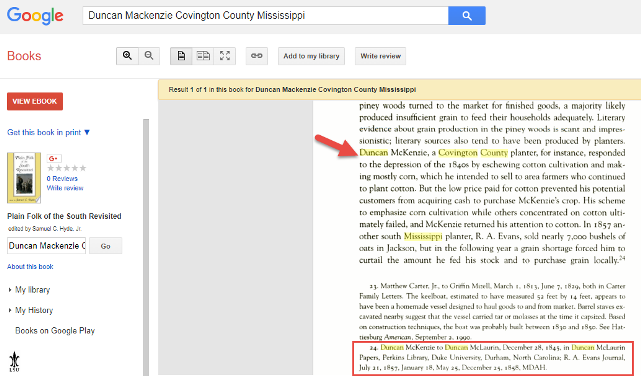
Learn More about Using Google Books for Genealogy
Learn more by watching my free Google Books video series at the Genealogy Gems YouTube Channel. Click the video below to watch the first one. (And be sure to subscribe while you’re there, because there are more videos to come!)
Then, watch the video below for a quick preview of my full one hour video class (and downloadable handout) called Google Books: The Tool You Need Every Day!, available to all Genealogy Gems Premium Members.



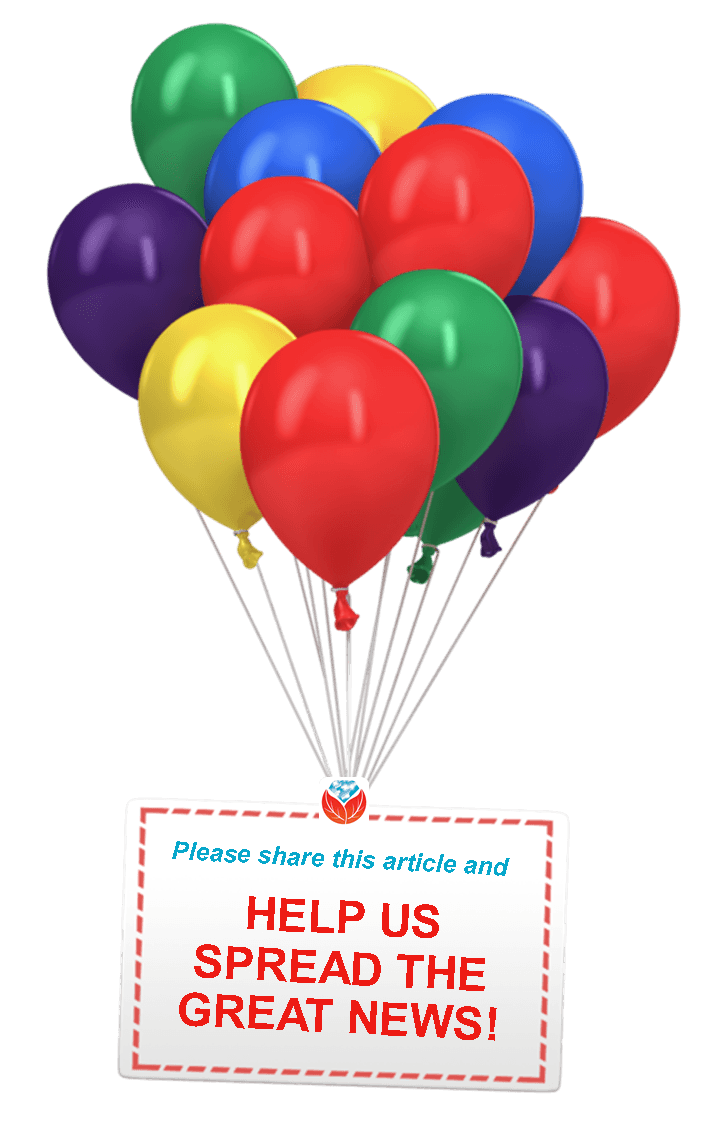 Lastly, Findmypast has been adding to their over 4 million
Lastly, Findmypast has been adding to their over 4 million 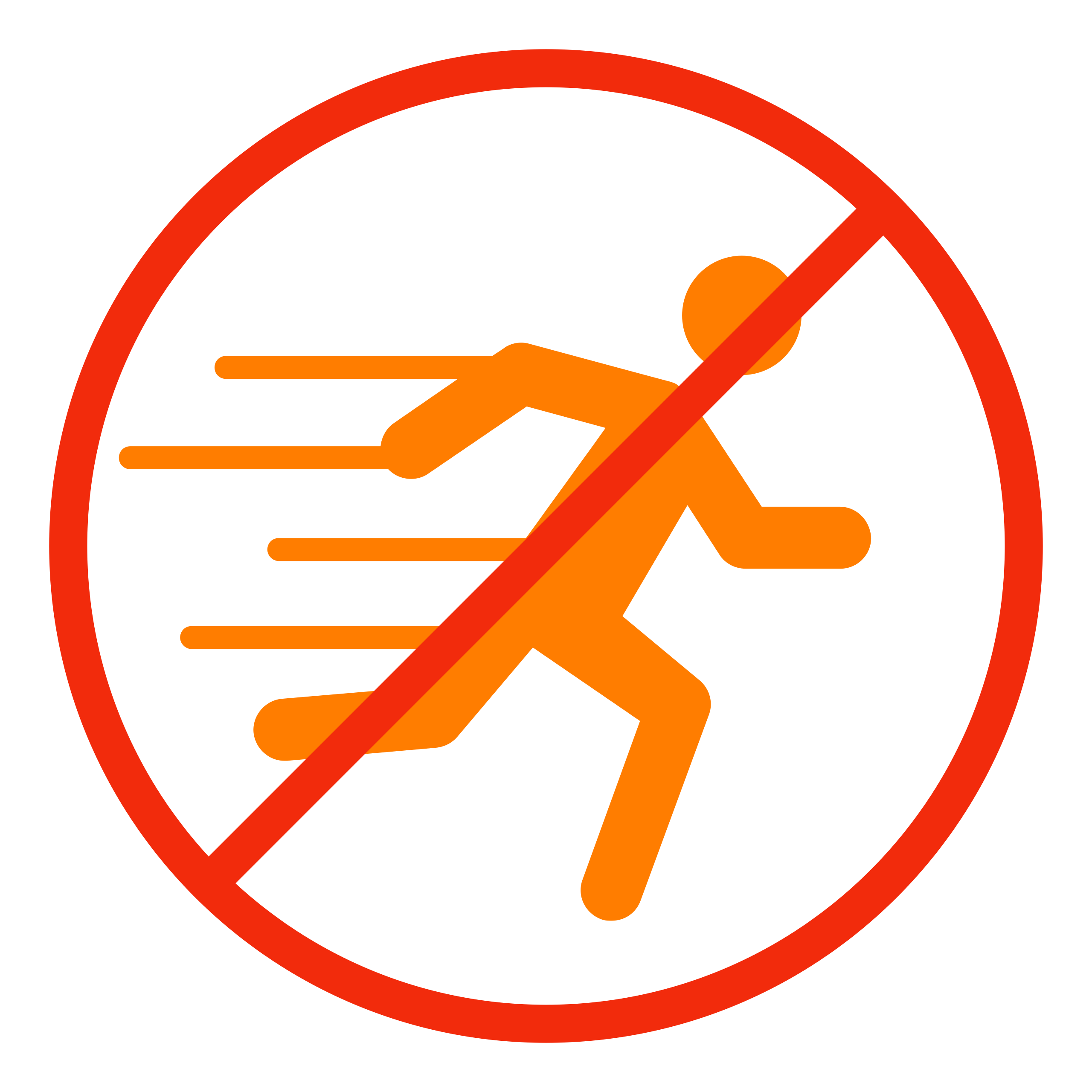 This spring we’ve got some great conferences coming up in the U.S., like #
This spring we’ve got some great conferences coming up in the U.S., like #